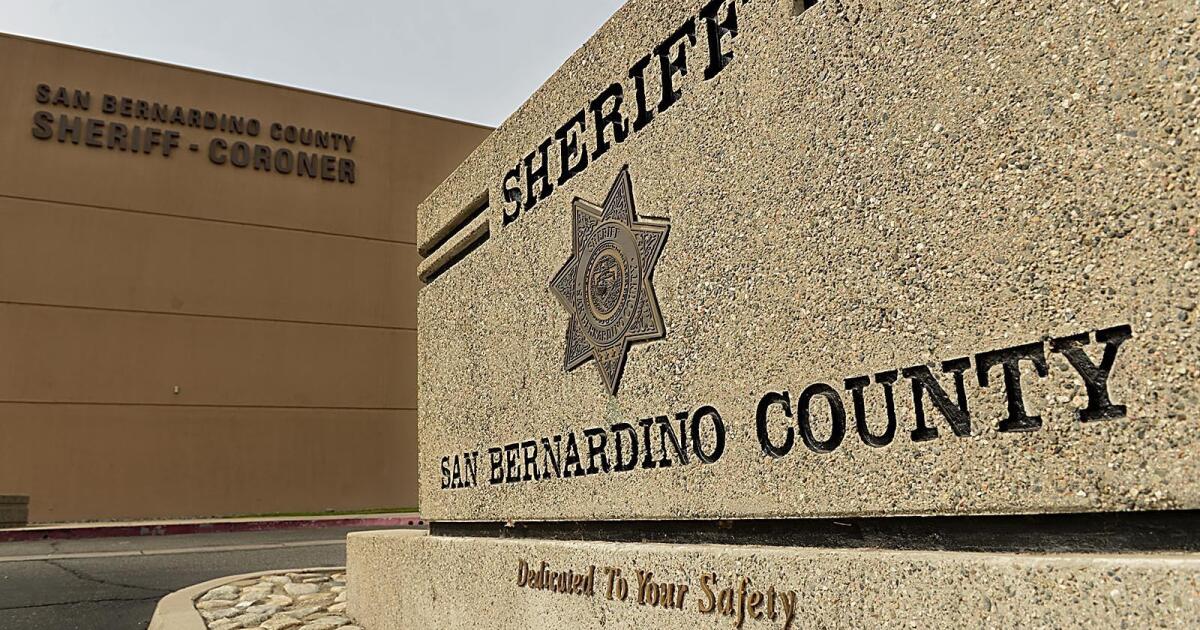San Bernardino Shaken: Twin Earthquakes & Updates!
Could the ground beneath your feet suddenly shift, sending tremors through your life? In a stark reminder of nature's raw power, San Bernardino, California, has recently experienced a flurry of seismic activity, leaving residents shaken and the scientific community observing closely.
The recent seismic activity in the San Bernardino area, particularly on Monday, has brought the issue of earthquake preparedness to the forefront. The U.S. Geological Survey (USGS) reported a series of quakes that rattled the region, with the initial tremors occurring in rapid succession. The first earthquake, clocking in at a magnitude of 3.5, struck at approximately 9:44 a.m., just four miles from San Bernardino. This initial jolt was quickly followed by a second earthquake, registering a magnitude of 3.0, which occurred at the same location just four minutes later. The close proximity of these events and their relatively short time interval underscored the potential for ongoing seismic instability.
Reports immediately surfaced on social media platforms like X, formerly Twitter, where users described the sensation of the quakes as "jolts." This anecdotal evidence, combined with the official data, painted a picture of a region acutely aware of its vulnerability to seismic events. The geographical impact of the quakes was felt beyond the immediate vicinity of San Bernardino. Residents in the city of Riverside, located south of San Bernardino, reported experiencing light shaking. Additionally, the USGS confirmed that the initial earthquake was felt in the cities of Victorville and Hesperia, adding to the scope of the impact zone.
The situation developed rapidly, with news outlets scrambling to gather information and provide updates. It was reported that another 3.5 magnitude earthquake shook the region just before 10 p.m. on Monday. The cumulative effect of these events underscored the inherent challenges of living in a seismically active zone, where the unexpected can quickly become the norm. Experts have stated that this is normal activity, but they still urge the public to stay informed and prepared.
Here is the information for the earthquake:
| Event | Details |
|---|---|
| Date of Events | Recent seismic activity on Monday |
| Location of Events | San Bernardino, California, with impacts felt in Riverside, Victorville, and Hesperia |
| Magnitude of First Earthquake | 3.5 |
| Time of First Earthquake | Approximately 9:44 a.m. |
| Magnitude of Second Earthquake | 3.0 |
| Time of Second Earthquake | Occurred shortly after the first, within minutes. |
| Other Earthquake Reported | Another 3.5 magnitude quake struck just before 10 p.m. |
| Depth of First Earthquake | About 4.5 miles |
| Impact on Communities | Shaking reported, further investigations ongoing. |
| USGS Data | The USGS is monitoring the events |
| Seismic Activity in the Region | San Bernardino has a high level of seismic activity |
| Average Quakes Per Year | About 8,400 quakes on average per year in or near San Bernardino, California |
| Additional Quakes | Monday, a magnitude 2.8 magnitude earthquake struck at 7:43 p.m. |
| Source | USGS Official Website |
The series of earthquakes that struck San Bernardino on Monday is not an isolated incident. California, as a whole, experiences a high level of seismic activity due to its location on the Pacific Ring of Fire. The recent events in San Bernardino, however, highlight the localized concentration of seismic events. Experts emphasize that, while these occurrences are within the normal range for the area, they underscore the necessity of being prepared for earthquakes.
The magnitude 3.5 earthquake that occurred approximately 11 miles north of Cabazon, California, on Saturday. This event was felt across San Bernardino and Riverside counties, demonstrating the widespread impact that even moderate earthquakes can have. The data from the USGS indicated that the first quake registered at 9:44 a.m., four miles from San Bernardino, with a depth of about 4.5 miles. The first earthquake was a 3.5 magnitude.
Furthermore, the U.S. Geological Survey reported that the first quake hit at 9:44 a.m. As a preliminary 3.5 magnitude, residents in the area are accustomed to the potential for such events. The occurrence of these earthquakes serves as a timely reminder of the importance of preparedness.
In addition to the recent events, it's important to consider the long-term seismic history of San Bernardino. Data from the past 55 years, coupled with records dating back to 1900, reveals an average of approximately 8,400 quakes per year in or near the city. This statistic underscores the ongoing risk that residents face and the necessity of proactive measures.
The recent flurry of seismic activity in the San Bernardino area emphasizes the constant interplay between geological forces and human life. While these events are, by expert accounts, part of the normal cycle of seismic activity in the region, they provide a crucial opportunity for community education and preparedness. The possibility of future events necessitates constant vigilance and a commitment to being prepared. The frequency of these occurrences should remind residents of the need to have emergency plans in place, including supplies, communication strategies, and knowledge of what to do during and after an earthquake. The resilience of the community relies, in no small part, on the collective effort to be informed and prepared.
This is a developing story, and updates will be provided as more information becomes available.


